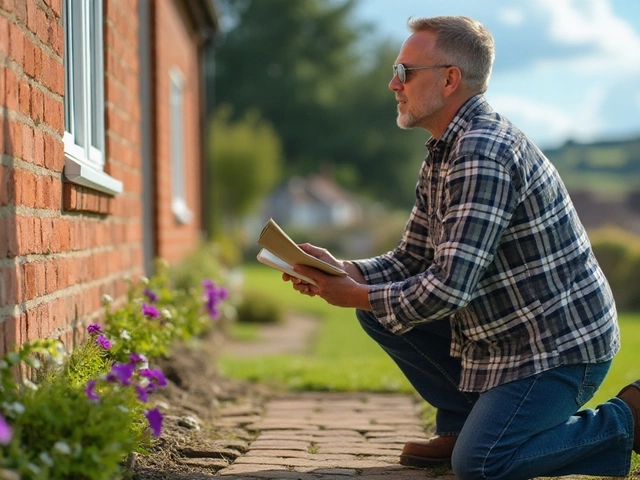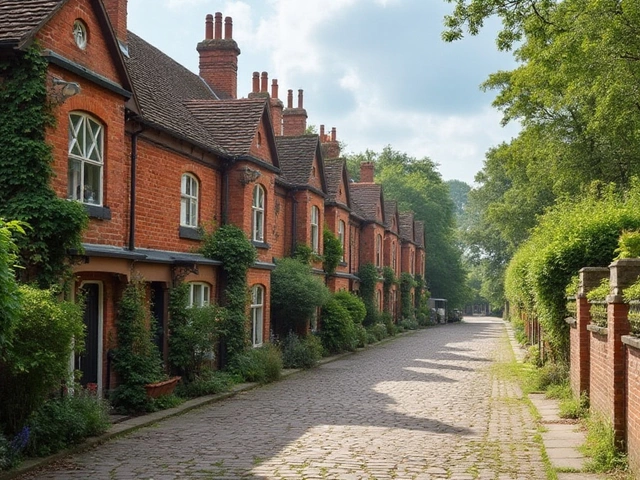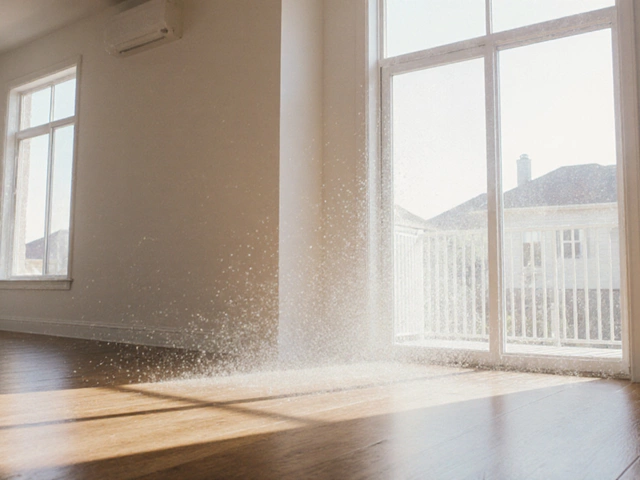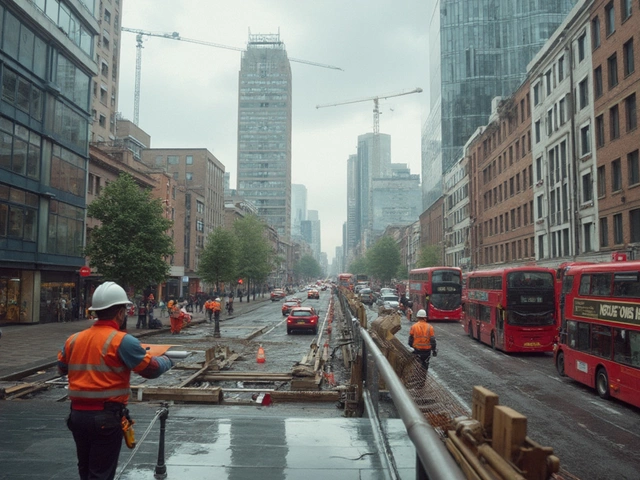Mold in New Builds: Hidden Causes and How to Stop It
When working with Mold in New Builds, unwanted fungal growth that shows up in freshly constructed homes because of excess moisture. Also known as construction mold, it can compromise indoor air quality and damage finishes.
One of the biggest triggers is Moisture Intrusion, water that seeps through walls, floors or roofs during or after construction. Leaky envelopes, poorly sealed windows, and un‑cured concrete all let water linger where it shouldn't. When the structure heats up, that trapped water evaporates, condenses on cooler surfaces, and creates a perfect breeding ground for spores. That’s why you’ll often hear contractors talk about “drying out the slab” before any interior work begins.
Even if the building envelope stays dry, the air inside can stay humid without a proper Ventilation System, a network of fans and ducts that moves fresh air in and stale, moist air out. Tight, energy‑efficient homes are great for heating bills, but they also trap the moisture that cooking, showering, and drying clothes release. A well‑designed exhaust or balanced mechanical ventilation keeps that humidity from settling on walls or insulation, cutting the mold‑friendly environment in half.
The choice of Building Materials, the concrete, gypsum, timber and finishes that make up a house plays a silent role too. Materials that absorb water, like untreated wood or high‑porosity gypsum board, hold onto moisture longer than denser alternatives. On the other hand, low‑permeability options such as sealed limestone cladding—like what Lime Hillock Quarries supplies—allow walls to breathe less, reducing the chance that water will wick behind finishes and fuel mold.
All these factors converge to affect indoor air quality, which directly impacts health. Mold spores can trigger allergies, asthma attacks, and even long‑term respiratory issues. The first step in any diagnosis is a visual inspection paired with a moisture meter. Look for dark spots, a musty smell, or bubbling paint—signs that water is still present somewhere in the assembly. If you catch it early, a simple dehumidifier and better airflow can eradicate the problem before it spreads.
Quick Checklist to Keep Mold Out of Your New Build
Below is a short, actionable list you can run through during construction and after move‑in. mold in new builds rarely survives a thorough drying phase, so start early:
- Confirm the slab and any concrete work has reached the recommended moisture level before installing flooring.
- Seal all external walls, windows and roof penetrations to stop rain or ground water from entering.
- Install a balanced ventilation system or run exhaust fans in high‑humidity rooms.
- Choose low‑absorption building materials, especially for interior walls and ceilings.
- Run a final moisture test on walls and floors before painting or installing drywall.
- Maintain indoor humidity below 60% with a good HVAC setup and dehumidifiers if needed.
Now that you’ve got the basics, scroll down to explore detailed guides, expert tips, and real‑world solutions that will help you keep your new home fresh, dry, and mold‑free.
Can New Construction Homes Develop Mold?
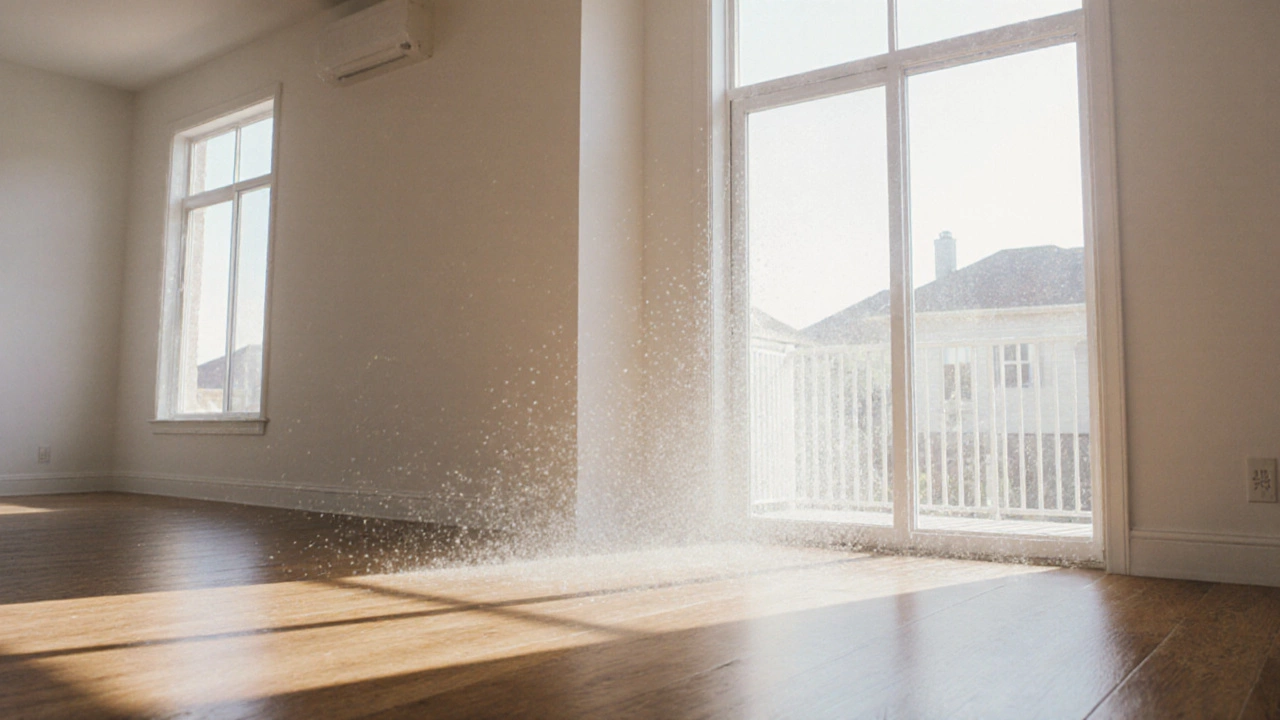
New homes can still develop mold if moisture sneaks in. Learn why it happens, how to spot early signs, and practical steps to prevent and fix mold in a brand‑new build.
read more